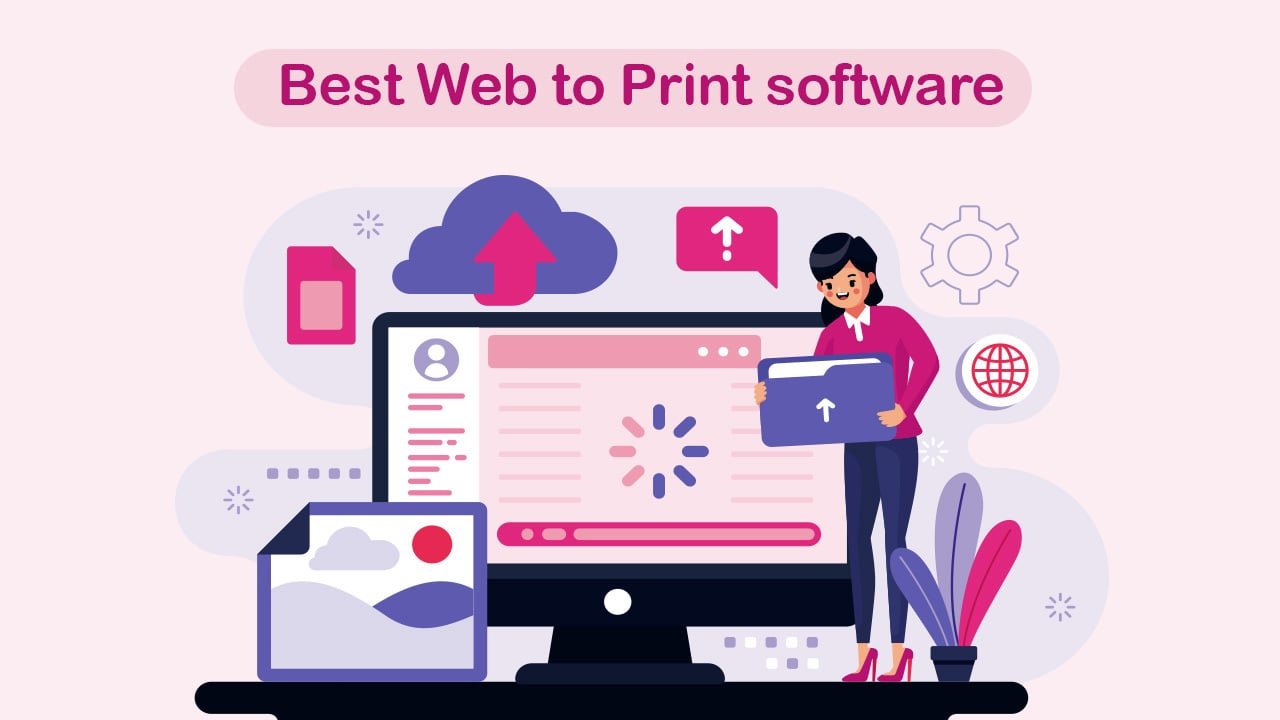In the current rapid digital world, companies are regularly searching for novel approaches to streamline operations and satisfy the changing requirements of consumers. One aspect seeing major evolution is the print sector, largely due to the introduction of Web-to-Print software. This effective solution not only simplifies the printing workflow but also opens up a world of customization choices, empowering printing companies and organizations to deliver tailored products at mass scale.

The growth of e-commerce has additionally driven the need for Web-to-Print systems, enabling businesses to integrate printing services seamlessly into their online platforms. As clients seek unique and tailored items, the capability to generate custom print orders is being crucial. In this piece, we will examine the various personalization capabilities available in Web-to-Print software, demonstrating how these features enhance the client experience and provide organizations with a strategic edge. From grasping the fundamentals of Web-to-Print to analyzing the effect of AI and automation, we will explore how these tools are revolutionizing the print sector and defining the prospects of printing.
Comprehending Web-to-Print Software
Web to print solutions is a innovative solution that allows businesses to enhance the printing process through an digital platform. It enables users to produce, modify, and request printed materials without the necessity for direct communication with a printer. This system utilizes the internet to simplify the design and order processes, making printed products more reachable to both companies and individual consumers. By removing traditional hindrances, such as time-consuming editing cycles and lengthy order processes, web to print solutions have changed how print services function.
The main strength of web to print software lies in its potential to provide customization and customization options. Users can modify templates, upload their creations, and specify unique requirements directly through the system. This function empowers customers to take control their printing projects, leading to greater contentment and participation. Furthermore, print service providers can accommodate a larger range of requests without the conventional restrictions of in-person service, thus meeting the needs of a wide clientele.
As the printing industry adopts digital transformation, web to print software stands out as a vital tool for boosting operational productivity and elevating customer interactions. By simplifying processes such as order management, invoicing, and fulfillment, businesses can reduce errors, lower costs, and enhance turnaround times. With the ongoing development of technology, web-to-print solutions are becoming increasingly complex, integrating features like variable data printing and e-commerce capabilities, which boost their significance and usability in the modern market.
Customization and Personalization Features
Web-to-print software offers powerful personalization and customization features that enable customers to design their own printed items. https://granthamfitzger.livejournal.com/profile can typically access online designs customized for a range of items, spanning from business cards to signage. These designs allow users to add their own content, upload images, and select colors or styles that align with their branding. By providing an intuitive interface, web-to-print platforms make it easy for customers to create unique layouts that represent their personal or business aesthetics without needing specialized design skills.
Another key aspect of personalization in web-to-print solutions is the capability for variable data printing. This feature allows print providers to personalize each printed item with data specific to the individual, such as customer names or locations. This level of personalization enhances marketing materials, making them more engaging and relevant to the audience. By incorporating customer databases into the print workflow, businesses can streamline the creation of personalized print orders, reducing turnaround times while improving the impact of their marketing efforts.
Additionally, businesses can benefit from custom branding features provided by web-to-print software. Many platforms allow print providers to offer their clients branded designs with specific logos and color schemes already integrated. This option simplifies the ordering process for customers who wish to maintain uniform brand representation across various printed materials. By utilizing these personalization and customization features, businesses can improve customer satisfaction, boost loyalty, and ultimately drive sales, resulting in significant growth opportunities in the competitive print market.
Future Trends in Print-on-Demand Solutions
As the print industry transforms, Web-to-Print solutions is set to experience significant advancements fueled by emerging trends. One of the most notable trends is the growing integration of artificial intelligence and ML into Web-to-Print solutions. These tools will improve personalization capabilities, allowing printing companies to provide more targeted products that cater to customer needs, thereby improving customer contentment and engagement. AI-driven analytics will also allow businesses to better comprehend consumer habits, allowing for more efficient marketing tactics and product solutions.
Another key trend is the shift toward sustainability in printing practices. As consumers become more environmentally conscious, print shops that incorporate green practices into their Web-to-Print strategies will probably gain a market edge. This includes using eco-friendly materials, reducing waste through efficient workflow management, and providing customers with choices for green printing. Software that helps monitor and optimize the sustainability of printing operations will be increasingly in demand, aligning with global efforts aimed at mitigating environmental effects.
Lastly, the future of Web-to-Print will experience a stronger emphasis on smooth integration with e-commerce platforms. As online sales continue to rise, the ability to connect Web-to-Print services directly with e-commerce platforms will become crucial. This will enable a smoother customer experience, allowing users to customize and order products with ease. The focus will be on creating a cohesive ecosystem where customers can enjoy tailored experiences while businesses gain efficient operations and improved order fulfillment. These trends indicate a thriving future for Web-to-Print technology that embraces creativity and customer-centric solutions.
